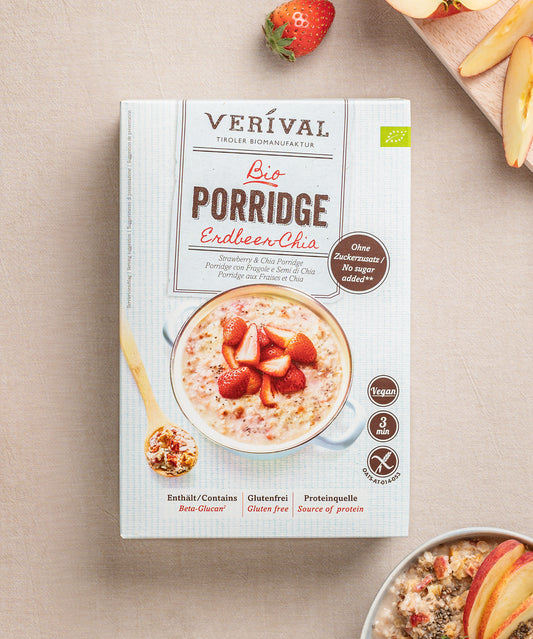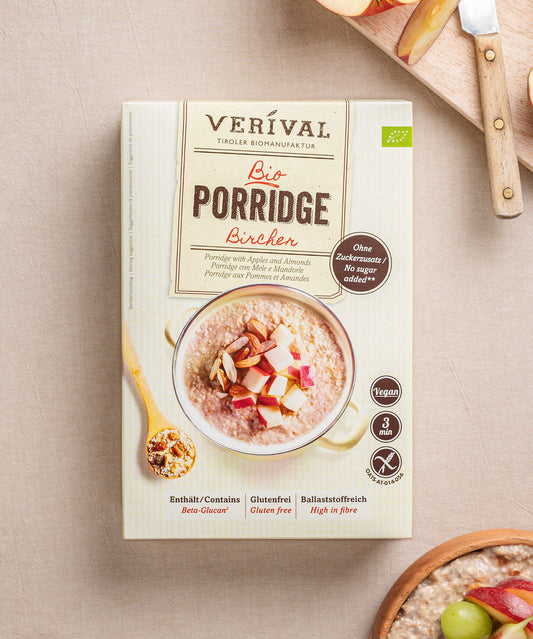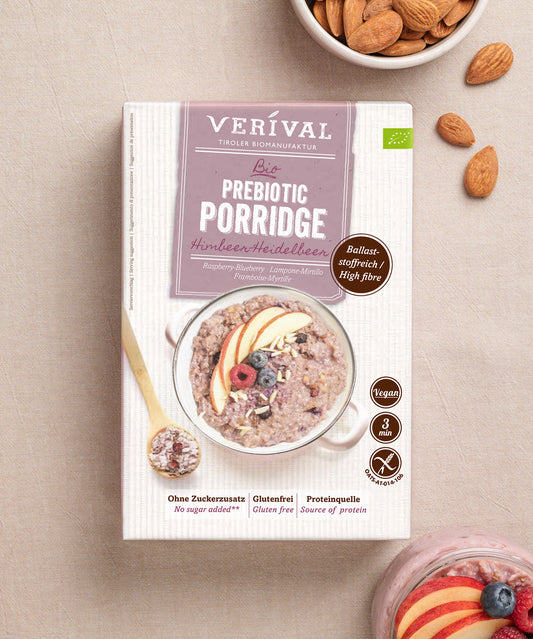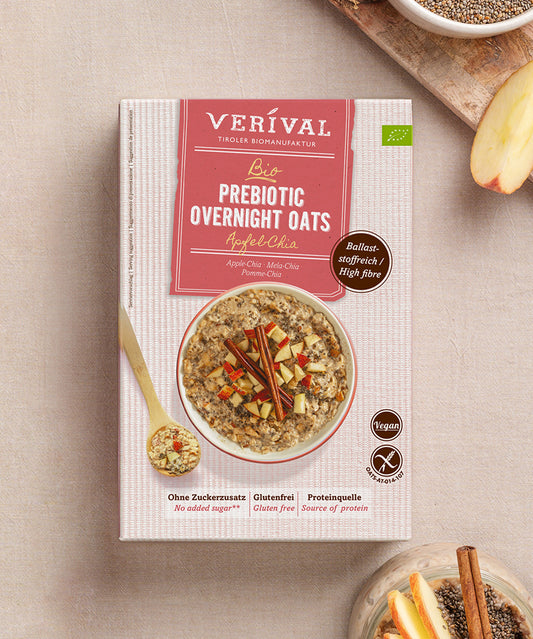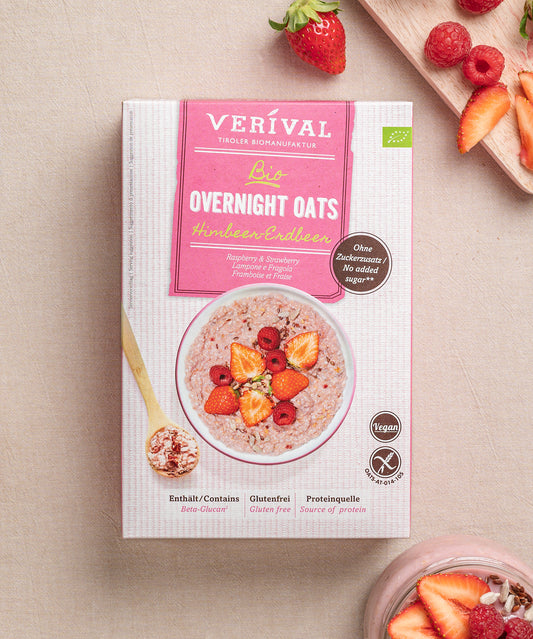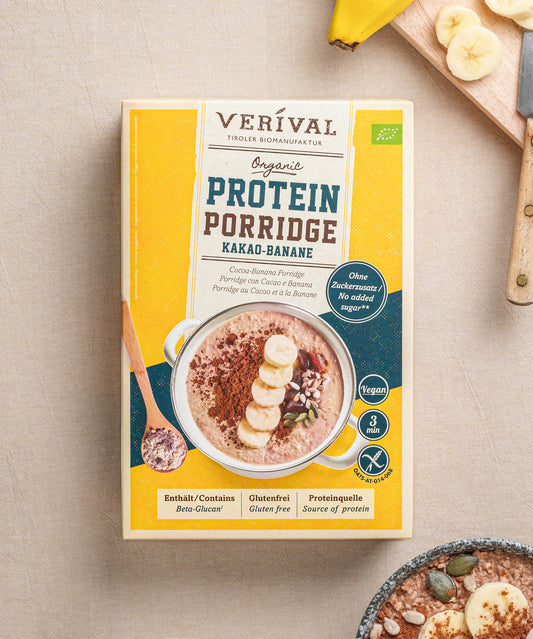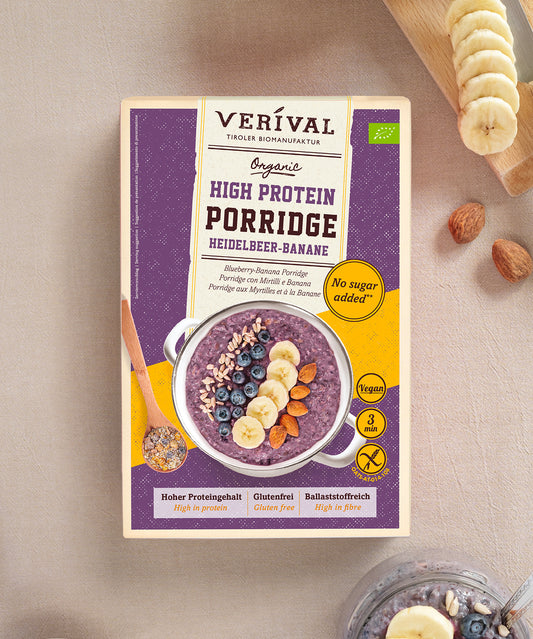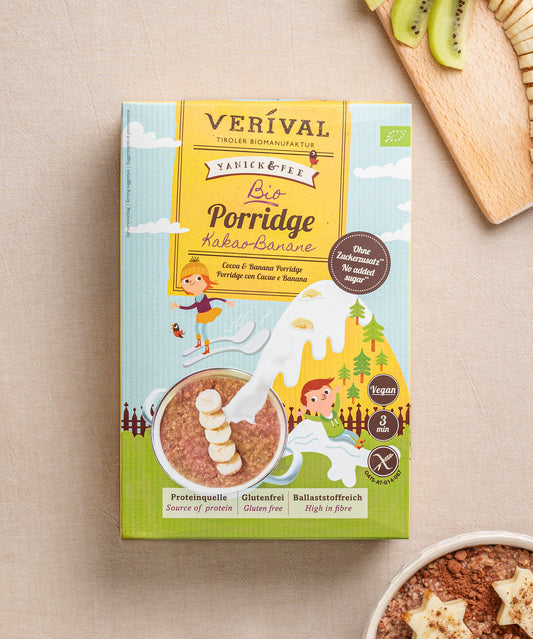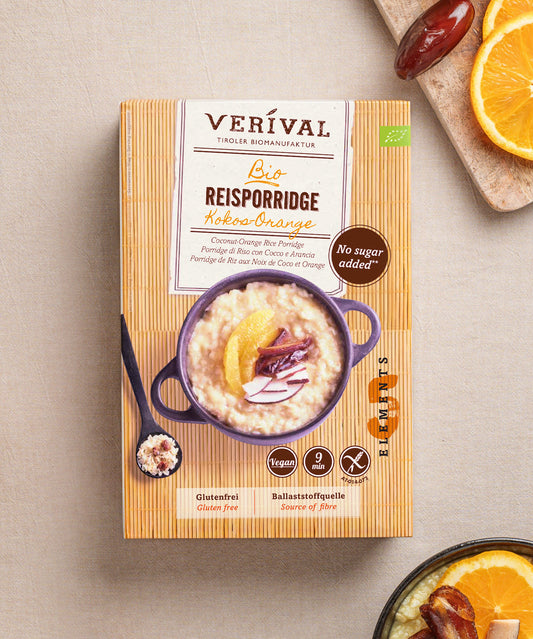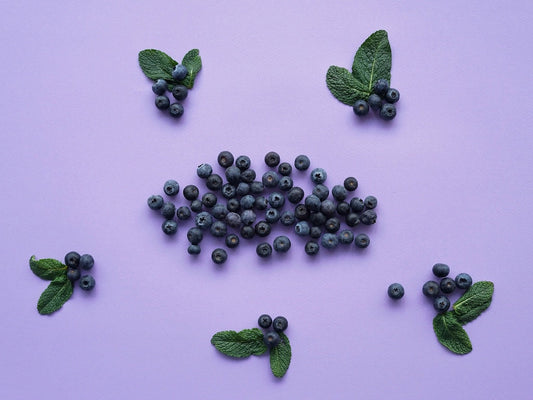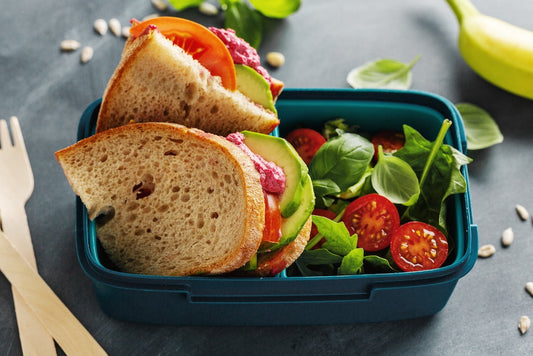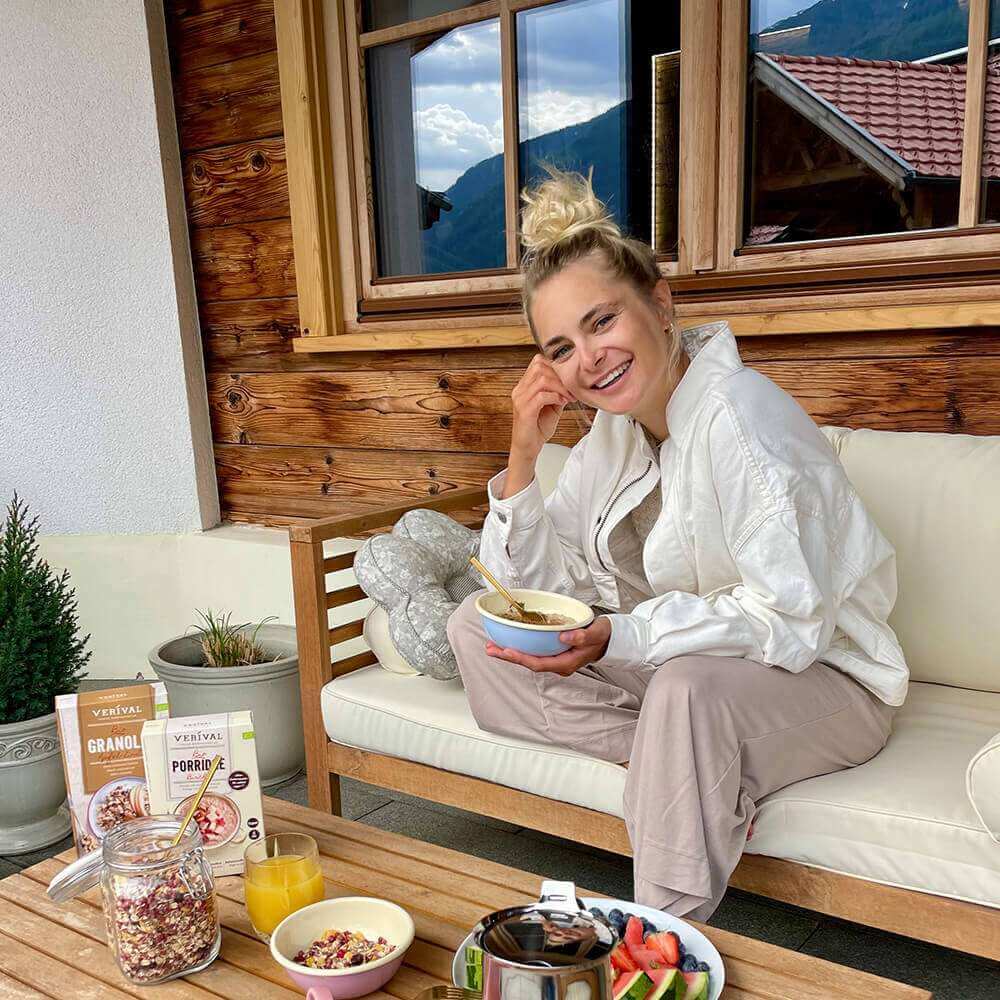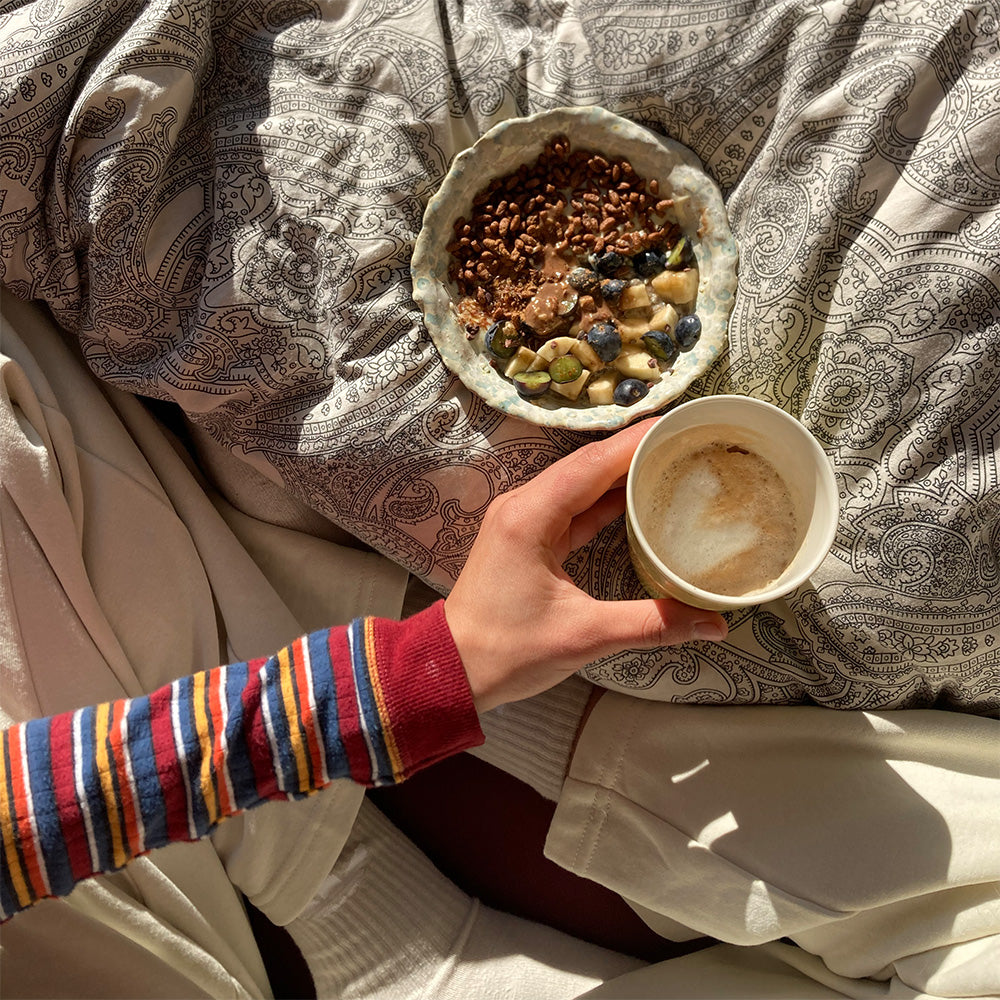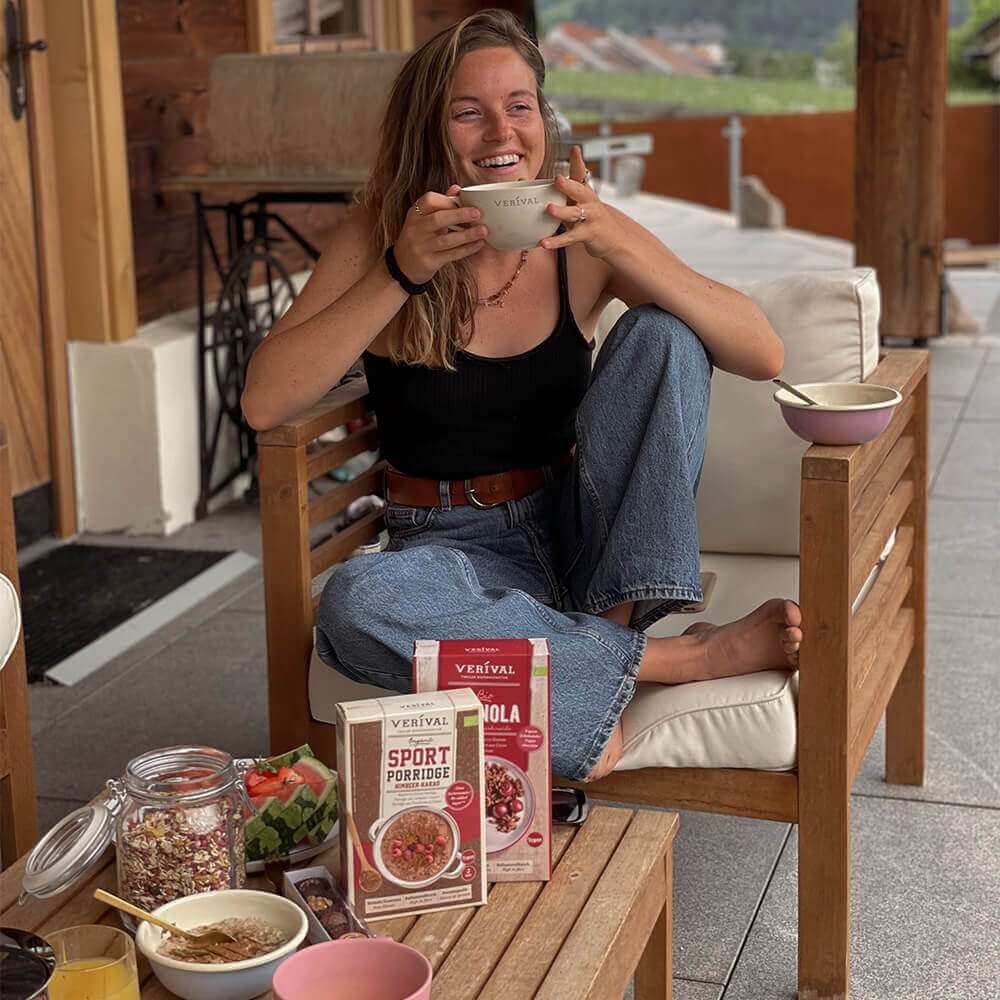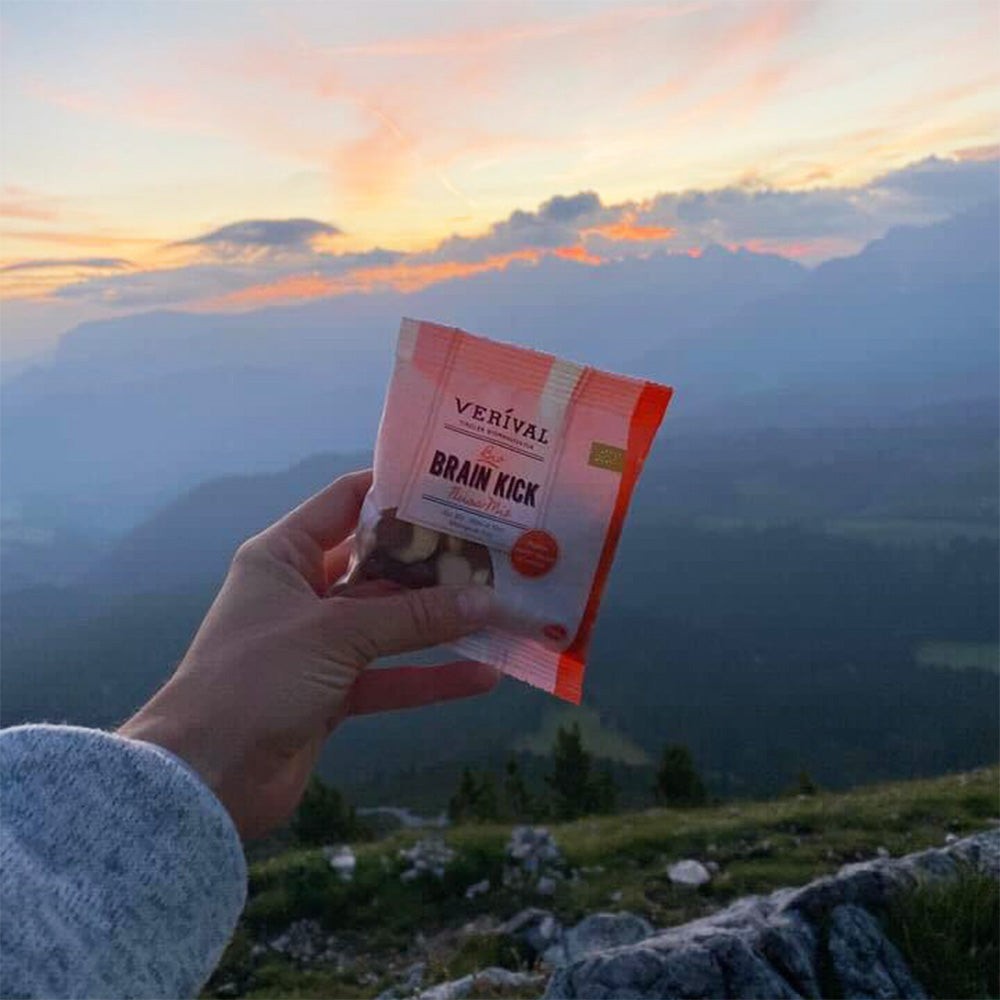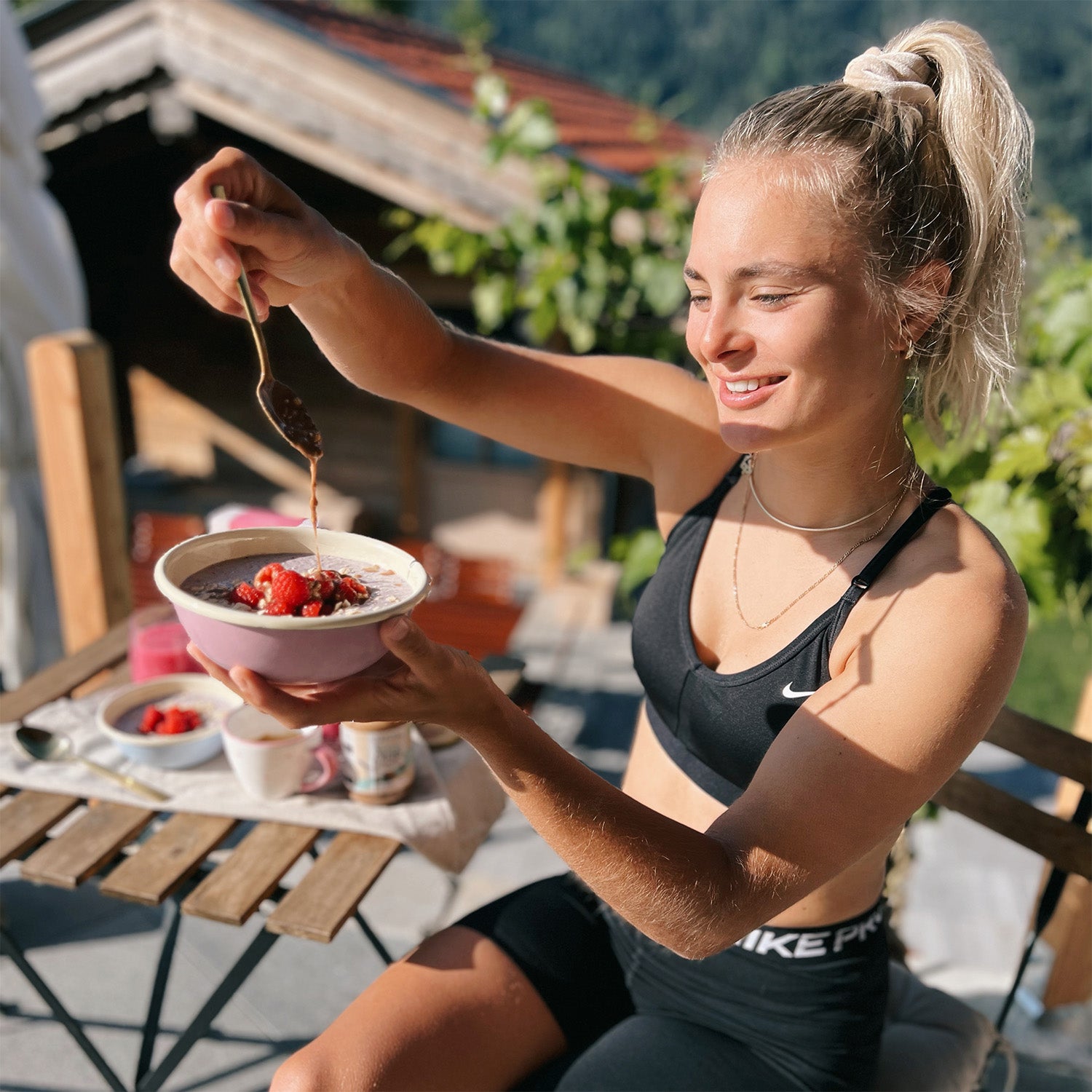Cocoa and its cultivation is a fascinating topic that encompasses the growth of a cocoa tree, plantations and much more. The sweet and tempting pleasure of chocolate owes its origin to a humble tree and a centuries-old tradition, with processing evolving over the centuries. In this article, you will learn more about the cultivation phases of the harvest, including fair trade initiatives that are revolutionizing cocoa cultivation and giving us the pleasure of chocolate.
Origin of cocoa
Cocoa cultivation spread in Europe after the discovery of America in the 16th century. Cocoa has its roots in the rainforests of Central America, where the Aztecs and Mayans cultivated the cocoa plant centuries ago. The Aztecs valued its health benefits so much that they even used cocoa as a form of currency.
Try delicious organic breakfasts from Verival
Where is cocoa grown?
Today, cocoa is mainly grown in tropical regions of the world close to the equator. Countries such as the Ivory Coast, Ghana, Indonesia, Nigeria and Cameroon are leaders in the cocoa industry. The special climatic conditions and fertile soil of these regions create ideal conditions for cocoa cultivation and cocoa trees. Cocoa cultivation is a lengthy process. It takes a few years for the cocoa trees to bear fruit. However, before the cocoa even finds its way into our hands, it goes through numerous stages.
Cocoa tree with fruit in South America
Cocoa cultivation cycle
Planting the cocoa tree
The cycle begins with the planting of previously grown cocoa seedlings, usually during the rainy season. It is important that the soil contains sufficient moisture. Seedlings are planted in prepared small holes or trenches, with the distance between plants varying depending on local conditions. To ensure that young cocoa plants get the shade they need and are protected from direct sunlight, shade-giving trees are often planted.
Care
Cocoa trees are very susceptible to diseases and pests, which is why care for their growth is paramount. Regular watering and fertilization is therefore essential. Many cocoa farmers are also convinced that pruning their cocoa trees improves the health and productivity of the cocoa bushes.
Harvesting cocoa
The flowers develop into cocoa fruits, which we know as cocoa pods. When the pods are ready for harvesting, they are always cut off by farmers by hand. Depending on the variety and growing area, the time varies, but it is often in the range of 5-7 months after flowering. Harvesting by hand requires skill and experience, because unripe or overripe pods are of inferior quality and can massively affect the taste of the cocoa.
Cocoa pods must be handled with care to avoid crushing them. To get to the beans inside the pod, a variety of bean-opening methods can be used, from manual labor to mechanical processing. The cocoa beans inside are collected and prepared for fermentation.
Fermentation
This step is crucial for the development of the characteristic cocoa flavor that we know. Fermenting also makes the cocoa sweeter and less bitter. During fermentation, the cocoa beans are spread out together with the fruit pulp in flat boxes or on special surfaces. As a result of the spreading out, the fruit pulp begins to ferment and produce alcohol, which ultimately breaks it down.
In addition, enzymes in the beans are activated during this phase, which contribute to the development of the flavor. Heating the beans also eliminates the viability of germs, seeds and microorganisms. The duration of fermentation varies from variety to variety, but for most it is expected to take about 5–10 days.
Drying and sorting phase
To develop the final flavor, the beans are dried in the sun using the traditional method, turning them regularly. Again, depending on the climatic conditions, this phase can take several days to weeks.
During this time, a specific moisture content of the cocoa bean is constantly monitored to ensure that they do not become moldy and to preserve them. Finally, the dried cocoa beans are sieved again, sorted for impurities, quality-checked and packed in sacks to prepare them for export and sale.
The journey to refinement – from bean to chocolate
It is only at this stage that the journey of cocoa beyond the borders of its country of origin begins. If it is a cocoa with organic or Fairtrade certification, quality tests are carried out before export to ensure that it meets international standards.
Once the quality control has been passed, the bags are loaded onto container ships for export worldwide. When the cocoa arrives in the destination countries, it is processed into chocolate, cocoa drinks and many other products, depending on their purpose, which we can then buy in shops and supermarkets.
The taste of responsibility in cocoa farming
We should be aware that cocoa farming is an industry that faces numerous challenges. Among other things, many areas still face daily problems such as child labor and impossible working conditions, as well as environmental impacts. Some traditional farming methods, based on monoculture and intensive use of chemicals, lead to deforestation, soil erosion and water pollution.
Sustainable practices, such as shade-friendly cultivation, organic farming and nature-friendly methods, help to reduce these impacts. Adherence to international labor standards and responsible environmental practices are therefore extremely important in this industry. It is precisely for this reason that various fair trade initiatives and certifications have been developed to improve conditions for cocoa farmers, pay them fair wages and increase the general well-being of workers.
Cocoa cultivation is not only the basis for chocolate production, for example, but also a very important economic activity in many developing countries. We should be aware of where the cocoa we consume comes from and, above all, how it is grown. By paying attention to fair trade seals, we can support the working conditions of farmers and our environment.
Frequently asked questions
What is cocoa?
Cocoa is the product of the cocoa plant, from which chocolate, cocoa butter, cocoa powder and much more is made. It is ground seeds or cocoa beans from the cocoa tree.
How is cocoa grown?
Cocoa is grown on plantations and goes through a specific cycle. The essential steps of this cycle include planting, tending, harvesting, fermentation and drying.
What does Fair Trade certification mean?
Fair Trade means that the cocoa is grown and traded according to Fair Trade principles. It supports fair working conditions for farmers and at the same time promotes sustainable farming methods.
What is the connection between cocoa farming and environmental protection?
Sustainable cocoa farming can help to reduce environmental impacts by targeting environmentally friendly farming methods, forest protection and biodiversity conservation.
Why is fermentation important?
During fermentation, the characteristic flavors and taste nuances of cocoa develop. Raw cocoa beans are often bitter at first, but fermentation mellows them and gives the cocoa its rich and complex flavors.


